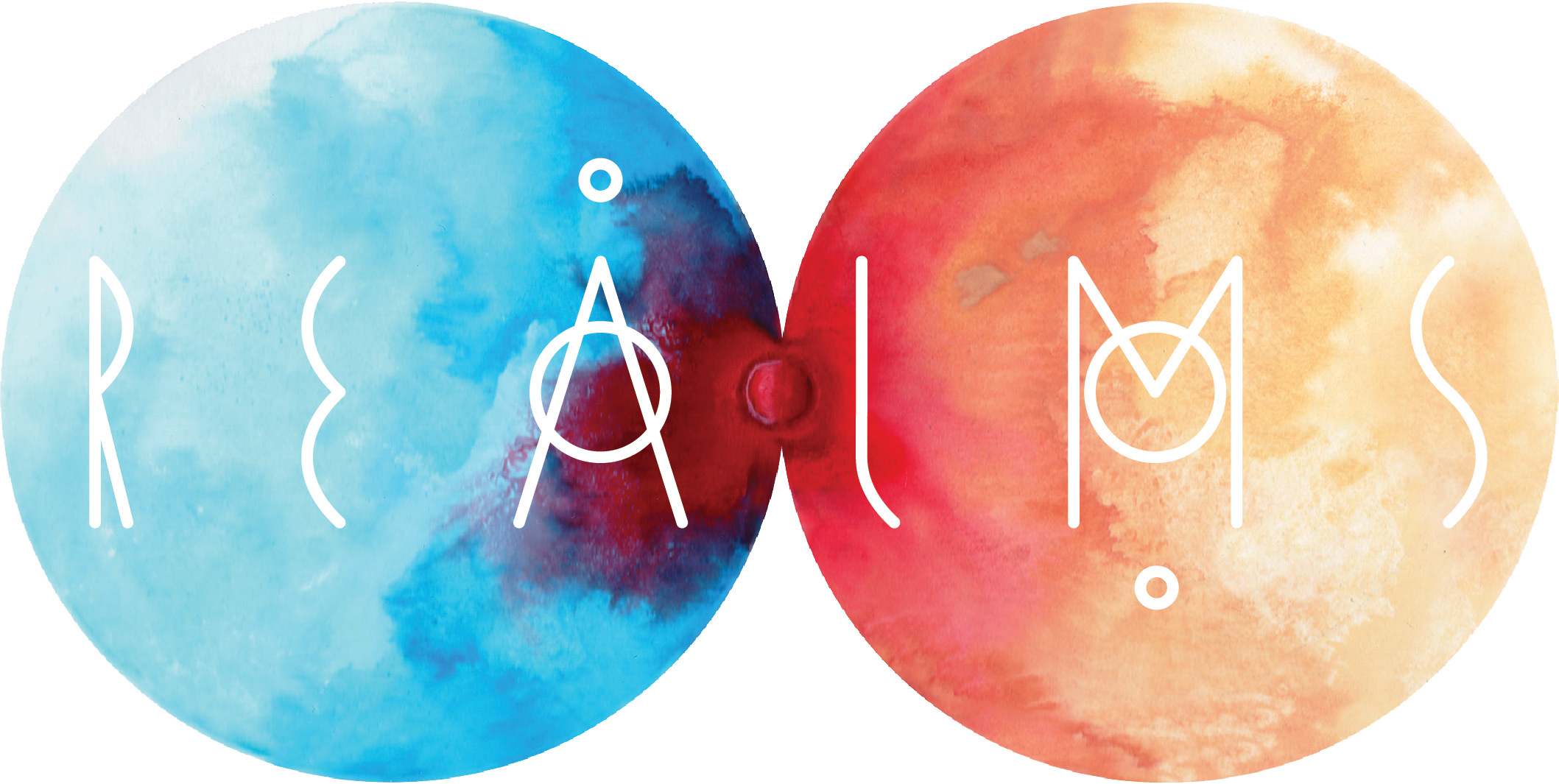Tied Across Time: the Future of Making Landscape in the High Himalaya



2022
work presented at Landscapes in the Making symposium (Dumbarton Oaks, Washington DC, May 6-7 2022)
Nepal’s trans-Himalayan Mustang region is mythologized as a hidden Himalayan kingdom in the high mountain desert, a landscape lost in time. The landscape history of Mustang is a process of co-creation between people, climate, and land, an alliance typically historicized through exclusive social histories of indigenous cultures and made peripheral by the technocratic visions of development agencies. The deeper landscape history of Mustang explicates that history is caught in the concurrent and intertwined practices of diverse landscape makers, in the practical effort to settle, dwell, and labor.
Mustang is a difficult landscape to inhabit. In the villages of Samdzong and Dhey, for instance, the shifting availability of water is a challenge that forces design into a perennial cycle. Villagers gradually shift from centuries-old sites to new settlements as streams run dry following years of declining snowfall and glacial loss. Both villages retreat and rebuild in relation to emerging challenges, an example of the continual project of making landscape across time. Extant documents describe village movements in past centuries as acts of refuge-making or responses to collapsed water infrastructure. Each land-based adjustment explicates the making of landscape as a centuries old practice. Thus footprints of each act of design—abandoned forts, fields, irrigation networks,and settlement clusters--are scattered across the high desert in various states of repair.
In this paper, I suggest that since these movements unfold across the deep past and present, it is inevitable that the constraints of making landscape in high desert conditions force a resettlement that will be a major part of the uncertain future as the climate in Mustang changes. As Samdzong and Dhey shift and other movements unfold, an increasingly diverse cast undertakes the perennial work of landscape-making: established farming communities, tenant farmers, migrantherders, traders, pilgrims, bulldozer operators, seasonal herb gatherers, trekking guides, drivers, and many others.
